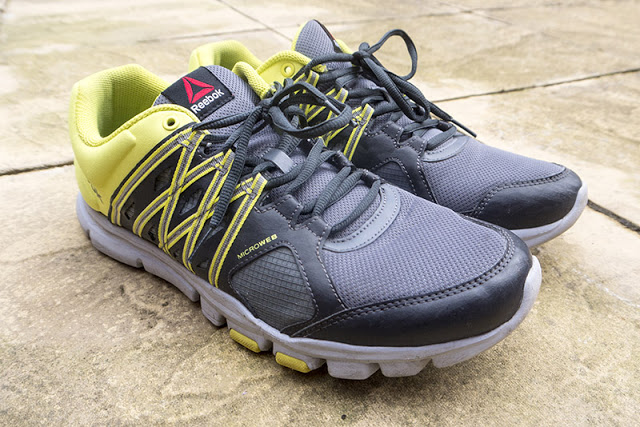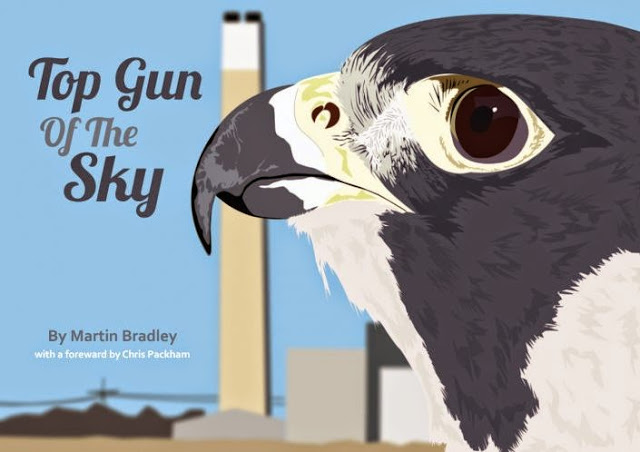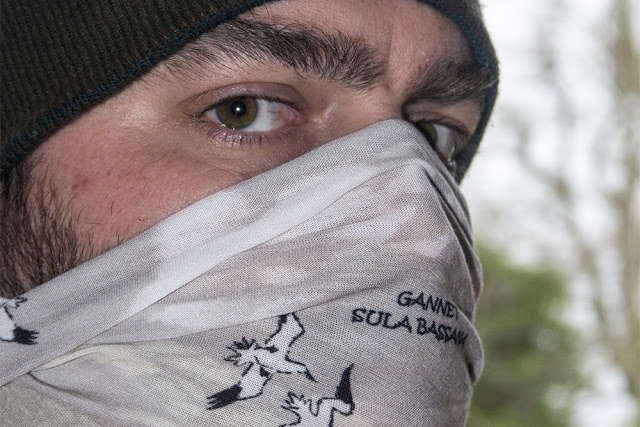Britains Dragonflies – Review

Britains Dragonflies by Dave Smallshire & Andy Swash | 209 pages | Wild Guides | paperback | 2010 | ISBN: 978-1-903657-29-4 |
With this new found love, comes the need to be able to identify what I am photographing (I hate having to ask others what I was looking at, this comes from decades of watching birds I guess). Dragonflies are hard! I make no bones. Something flying past at, what feels like, a thousand miles an hour is not easy to spot minor differences or nuances (one reason photography helps). So that is what this book will hopefully help me with.
The Photographs
As this is a photography website, I thought I should at least cast my eye over the photos from a professional point of view! What can I say, these pages are filled with so many wonderful images by 45 different photographers, if nothing else it is worth getting a look at a copy for that reason alone, so many amazing photographs of brilliant insects.
Just to have got close to some of these dragonflies is a feat I would be happy with, yet alone catching them posing with their cameras.
The Format
Anyone familiar with field guides, will think of them as a systematic view of different species/families, with a few notes at the start, then descriptions under or next to the birds image. This book differs quite a lot from that.
There is the usual preamble, starting with a great foreword from TVs Nick Baker, then a well written introduction and insight into the life and biology of dragonflies, all pretty standard (well written and very easy to follow) but this is where the book then starts to change.
Kicking off with a great key telling you likely habitat areas for specific dragon/damselflies, lake, pond, river etc. then a small site guide for rare or local dragonflies (a nice little touch). We then we get into the heart of identification, starting with separating dragonflies from damselflies, and then a breakdown of the families.
It is now that the really great part starts, you are presented with 11 pages of identification charts, with illustrations of segments of dragonflies next to similar species in order to clearly show the ways to separate the species in the field (or in the photo). It’s kind of hard to explain what I mean by this. An example, pages 44 and 45 show 6 species of darter (male on one page female on the other)but all you are seeing is the face of each one and the abdomen side by side, for direct comparison (there is text explaining the other areas as well), think of it as charts showing differences. Is that any clearer?
The Species Accounts
Getting into the meat of the book, the species accounts are where you will get to see the wonderful photographs. There are all 44 breeding dragonflies covered in the book, as well as 3 former breeders, 9 confirmed vagrants and 7 potential vagrants so British Odontologists will find anything they are likely to come across covered.
Each species has their own page (well two) and each two page spread has text on the even (left) page and the photographs of the species on the odd (Right), the text comprises: Adult identification, Egg and larva, Behaviour, Breeding habitat and Population and conservation (or status) in the main, but those pages also have information on legal status (red data list etc.) Status in Britain and Ireland, Measurements, Distribution map, Flight period (I love this!), Where to look (typical habitat), Observation tips (useful suggestions for finding the species) and look-alikes.
The Pictures (All photographs from here) will always show the male and the female at least once (often more than once from varying angles) and many also include Immatures, Old and Tenerals.
If all this wasn’t enough the final sections of the book give some great identification charts for identifying larva and nymphs.
Ease of use
The mark of a good field guide is the ability to identify the species you are looking at with the help of the book. So can you use Britain’s Dragonflies to identify the species you are looking at in the field? The answer is of course yes. I’m not saying you will be able to tell them all straight away, there will always be species that you can’t see the salient features of, or that you are unsure over, or more likely until you are confident using the book, you may not be able to find what you are looking at (none of these are the fault of the book though).
I have only had the opportunity so far to use this book locally to me, and many of the dragonflies in the area are familiar to me so I have not had to use the book in anger (so to speak), this is something I look forward to really testing next dragonfly season.
The book itself
I don’t think I have ever gone into detail about the actual make up of a book in a review before but I must say that this book, is light, so easy to carry (I guess a benefit of there not being too many species in the country), and comes with a rather fetching jacket! Ok it is just a plastic sleeve, but it is actually very useful to keep the book in order. The pages are glossy, and printed to the edge so the photographs are stunningly presented, and really nice to view.
Conclusion
I love this book, it is a little gem that covers a passion of mine. It will certainly make my life easier. The photographs are amazing. The species write ups are detailed and clear. And the key characteristics tables are great for identification purposes. As a field guide it is light enough to carry in my bag, and will be with me on many trips out and about from now on.
Buy on Amazon
Published by Wildguides/Princeton Press and is available form the following locations http://www.wildguides.co.uk or Princeton Press and buying the book also supports the British Dragonfly Society.





4 Comments
Lisa from Lisas Life
I didn't realise there was any difference until I took up photography and wanted to identify them…looks a good book 🙂
AshleyBeolens
I haven't had to ask for ID help since I got this book! It is really good the combination of photos and a chart of the different body parts and how they should look makes things so easy.
Carole M.
how beautiful the header photograph and a wonderful book review on one of my favourite insects
AshleyBeolens
Thank you, they are one of my favourites too, I spend a lot of time in the summer photographing them.